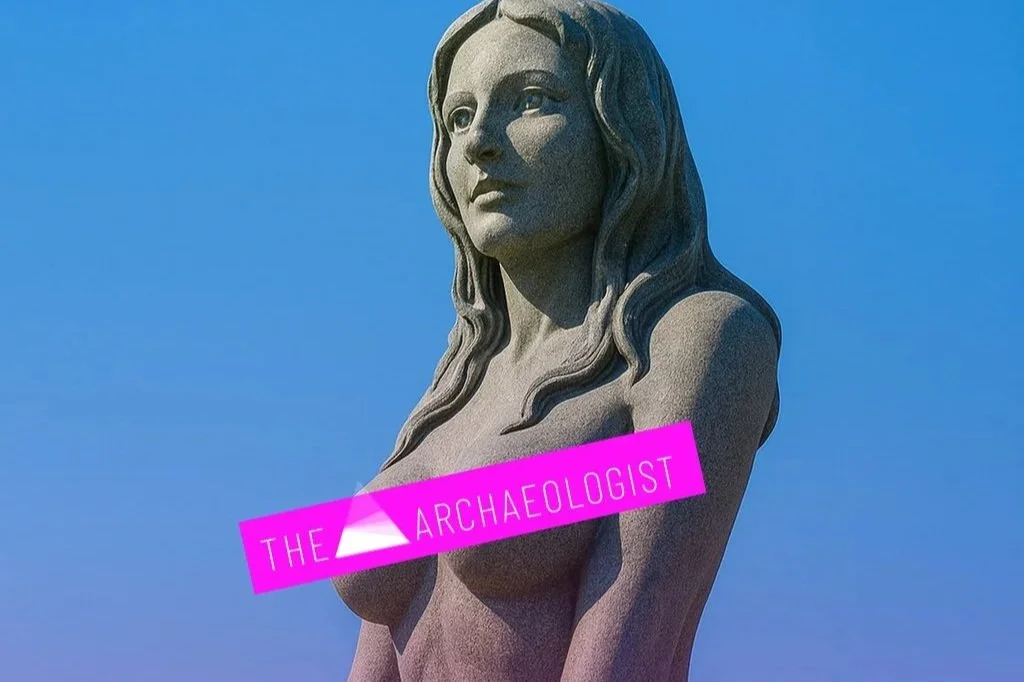In 604 BCE, shortly after Nebuchadnezzar II ascended to the throne of Babylon, a group of Phoenician sailors experienced a devastating loss as their ship sank in shallow waters off the coast of southeastern Spain. Today, that same vessel is the focus of an ambitious underwater archaeology project, with researchers preparing to extract and study it for eventual display in a museum.
The Shipwreck of Mazarrón II
The sailors’ boat went down in just seven feet of water near La Playa de la Isla, in Mazarrón, Spain. Before they could salvage it and bring it ashore, a sudden storm swept in, burying the vessel under layers of sand and silt. This natural entombment preserved the ship remarkably well for 2,600 years, offering historians and archaeologists a unique opportunity to study the Mediterranean’s earliest great seafaring culture.
“The wreckage can no longer remain where it is because its sand protection is now disappearing,” explained Carlos de Juan, an archaeologist at the University of Valencia leading the project. “It has survived for centuries, but now it is time to act and ensure we can preserve this cultural treasure.”
Nicknamed Mazarrón II, the ship has been carefully extracted in 20 sections and transported to the Cartagena National Museum of Underwater Archaeology for reconstruction and analysis.
Revealing Ancient Maritime Expertise
Mazarrón II carried a cargo of lead ingots, highlighting the Phoenicians' metallurgical skill and trade practices. The vessel will provide insights into shipbuilding techniques, the types of wood used, and navigation methods of the time. It will also shed light on how materials degraded in shallow waters and any environmental contamination that occurred over the centuries.
“This study will help us understand where the ship was built, how it was constructed, and how Phoenician sailors navigated the seas,” said Agustín Díez, a historian involved in the project.
Preservation efforts include extracting corrosive salts from the wood and replacing them with resin to fill hollows and cracks, ensuring the ship remains intact for future study and display.
The Legacy of the Phoenicians
The Phoenicians, a Semitic-speaking people originating from modern-day Lebanon, flourished during the Middle and Late Bronze Ages. They hailed from influential city-states such as Sidon, Tyre, and Byblos, and expanded their influence across the Mediterranean by founding colonies like Cadiz in Spain and Carthage in North Africa.
Despite being surrounded by powerful empires such as the Egyptians, Assyrians, Babylonians, and Persians, the Phoenician city-states were often treated with respect. Their advanced trade networks, maritime knowledge, and skilled shipbuilders made them indispensable, ensuring their relative autonomy until Roman dominance led to the decline of their culture.
A Window Into the Past
The discovery and study of Mazarrón II offer a rare glimpse into the maritime prowess of the Phoenicians. Alongside other notable finds—such as the Terracotta Army and Pompeii—this shipwreck underscores the importance of preserving and studying ancient artifacts. It connects us to a civilization whose influence on language, trade, and technology continues to resonate.
As archaeologists meticulously document and reconstruct this ancient vessel, they unlock stories of human ingenuity and resilience, ensuring the legacy of the Phoenicians endures for generations to come.
See the video below.







